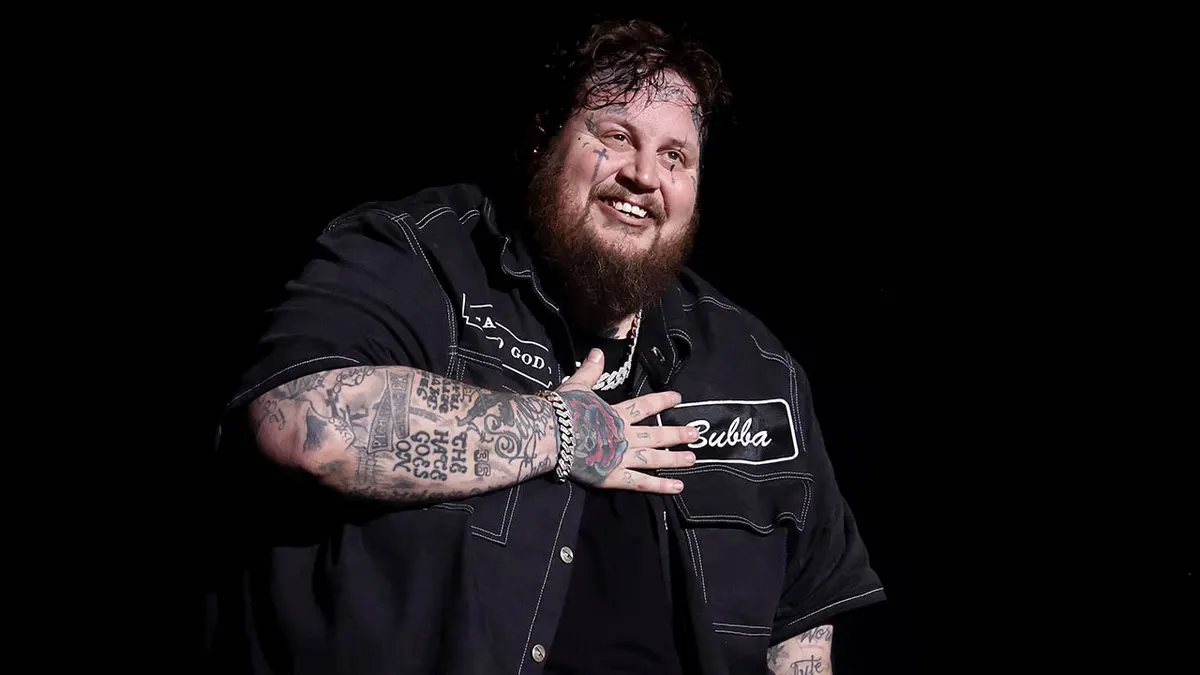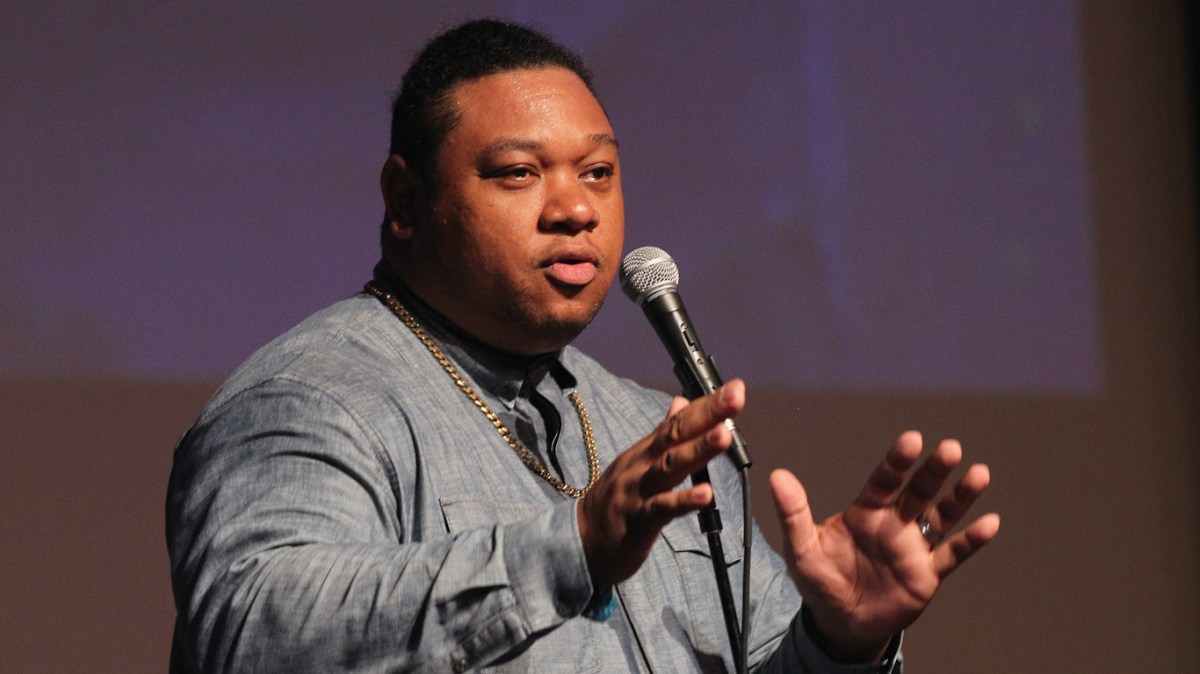
In the early ‘80s, Saunderson went to high school in the Detroit suburb Belleville, Michigan. He would come to befriend Juan Atkins and Derrick May due to a shared interest in DJing, despite having famously gotten into a fistfight with the latter artist at the age of 14. May, Atkins and Saunderson would come to be known as the “Belleville Three,” and went on to pioneer the style would become Detroit’s answer to Chicago house.
Atkins, who performed alongside Moritz Von Oswald as Borderland at the mainstage of this year’s edition of Movement, exposed May and Saunderson to the music of early electronic music artists like Kraftwerk, Tangerine Dream and Giorgio Moroder. He also taught them how to produce electronic music, and came up with the name “techno” after seeing futurist Alvin Toffler use the phrase “techno rebels” in his 1980 book The Third Wave, which predicted an age in which cities would grow so large that they would all merge into one singular metropolis. For his role in the Belleville Three, he is often referred to as “The Originator.”
May has always been the most animated of the Belleville Three, and is often called “The Innovator” for using what Atkins taught him to shape the sound that eventually coalesced into techno. May’s 1987 track “Nude Photo” was the first techno release to turn the heads A&Rs, but it was the subsequent “Strings of Life” (so named by late Chicago house godfather Frankie Knuckles) that reached music fans on a global scale. Additionally, he commanded a keen prowess behind the decks and was known for his showmanship and stage presence.
Saunderson would come to be known as “The Escalator” for having expanded the influence of techno. A DJ known for playing house and hip-hop as well as techno, he was the most business minded and connected of the trio.
The first-wave Detroit techno formulated by the Belleville Three – while markedly more artificial-sounding than the house music whose shadow it emerged – was significantly more melodic than the dark, driving sounds that most electronic music fans think of when they hear the term nowadays. Nevertheless, it reflected the bleak reality of the black experience in Detroit, brimming with an aggression that could only have festered from the city’s unique form of urban decay.
May’s former manager, an Englishman named Neil Rushton, approached the Belleville Three to license their music for overseas distribution. While doing so would catapult techno into the international orbit, Rushton is often perceived by those close to the event as having played a role in their eventual falling out.
However, Detroit techno’s second wave of artists – including Jeff Mills, Mike Banks, Rob Hood and the aforementioned Carl Craig – continued to further the genre and eventually give it the dark sound that would differentiate it from other dance music styles.
An especially noteworthy second-waver named Richie Hawtin went on to move to Berlin and work with German techno icon and Coccoon Recordings founder Sven Väth in the early 2000s. By 2004, between nightclubs like Berghain opening and Beatport striking a deal with German DJ software/hardware manufacturer Native Instruments, Berlin would become the unofficial capital of minimal techno.
Meanwhile, back in Michigan, Detroit Electronic Music Festival went through a tumultuous startup phase. Craig’s contract as artistic director of the series was terminated in 2001, and from 2003-2004 the event was placed in the hands of May, during which time it experienced financial setbacks due to the City of Detroit withdrawing the $350,000 in funding that it had contributed in previous years. The event exchanged hands again, and Saunderson took over as co-producer of the event in 2005. During this time, it changed its name to Fuse-In Detroit and went from being a free event to a ticketed one, with day passes running $10 and weekend passes running $25.
In 2006, Saunderson turned creative control of the event over to Detroit promotional company Paxahau, whom he had enlisted to oversee several aspects of the previous year’s edition. Paxahau had started out as a webcast series before moving on to organize house and techno events throughout the Motor City, and rebranded the festival as Movement beginning that year.
Police and city officials estimated the attendance figures during its first few years as a free festival to be in excess of one million people, but after it became a ticketed event, it would grow more and more massive under Paxahau’s watch. By the 2012 edition, Movement’s three-day attendance figures had surpassed 100,000.
In recent years, the contemporary EDM craze and growth of the music festival market have afforded electronic music a wider fanbase than ever before. However, as audiences grow tired of the adrenaline-pumping hoover synth crescendos of popular progressive house, they begin to seek out styles of electronic music that they perceive to be more underground. Perhaps for this reason more than any other, the mass exodus of music fans from the main stage has largely run parallel to the rise in popularity of techno from 2015-2016.
While the transition may be something for techno artists to celebrate from a business standpoint, the genre’s mainstream acceptance also bears undesirable implications. Several artists have already diluted their sound noticeably to make it more accessible to mainstream audiences – many of whom played at Movement this year.
Drumcode label head Adam Beyer’s day two set at the Movement Main Stage featured many “big room techno” songs in its track list. Where more traditional house and techno sets feature long, driving buildups between each peak and valley, the interval was noticeably shorter during much of Beyer’s set, and several songs featured what could only be described as bass drops. The same could be said of the performance of his longtime friend and collaborator Joseph Capriati, who played on the Beatport stage the following day.






